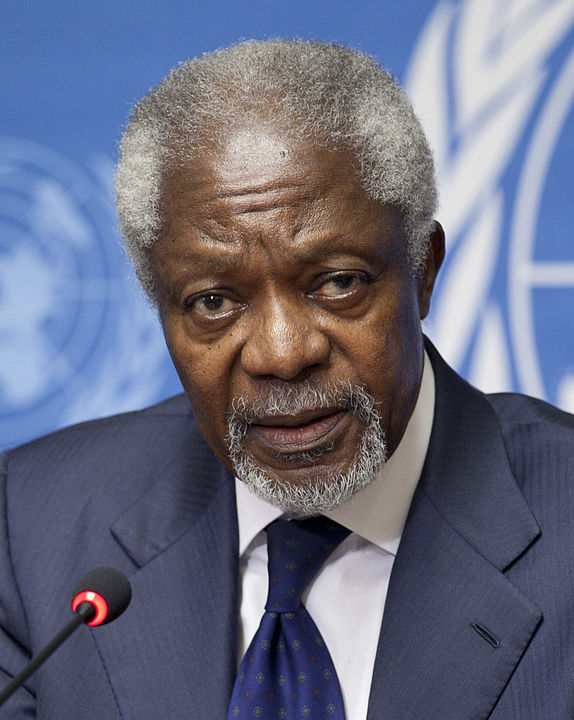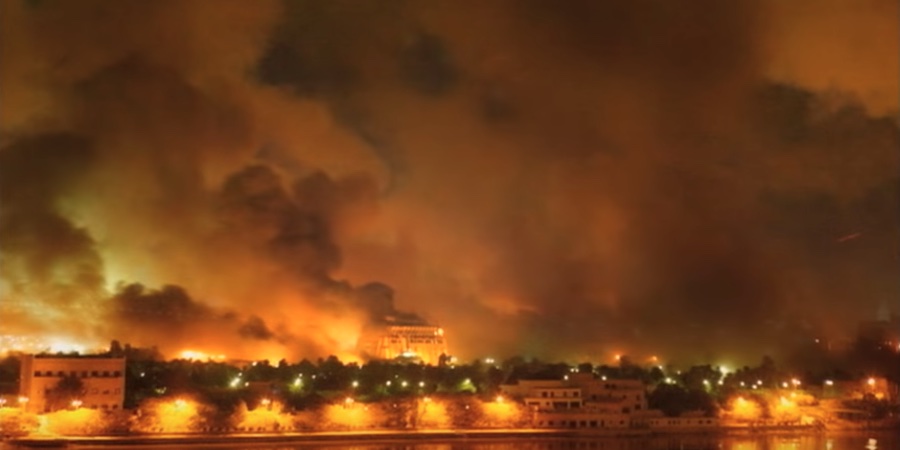1.
The history of U.S. foreign policy since the end of the Cold War can be seen as a litany of forceful regime-change projects undertaken in other countries around the world, with the force used being sometimes military, sometimes economic, sometimes both. Among these projects, the invasion of Iraq launched twenty years ago, on March 19, 2023, stands out for several reasons. These include the scale of the military operations involved, the level of the destruction inflicted on Iraq, and the jaw-dropping effrontery of the decision Pres. George W. Bush had taken to launch the war without any authorization from the United Nations.
Throughout the post-Cold War era, government officials and members of the (often fawningly compliant) U.S. punditocracy have cloaked most of Washington’s regime-change projects in some form of “humanitarian” or “international law” justification. The invasions of Afghanistan and Iraq were, in their initial inception, different. The main driver of the decision to invade Afghanistan was angry revenge for the attacks of 9/11. The excuse used for invading Iraq was the (quite unsubstantiated) allegation that Pres. Saddam Hussein was manufacturing chemical or biological weapons. In both those cases, though, the original “reason” for the invasion was soon adorned with all kinds of other gauzy, feel-good justifications, usually lumped together under the rubric of “nation-building.” In the case of Iraq, after Pres. Hussein was removed by force of U.S. arms, his ruling Baath Party would be speedily disbanded and a democracy would magically be planted in Iraq featuring a new Constitution; a court system capable of conducting war-crimes trials; a decentralized political system; a flourishing free-market economy; and even—as many of the invasion’s most ardent proponents hoped—peace with Israel. The template that many of the war’s planners seemed to be using for their post-war planning was that of the Allied occupations of Germany or Japan in 1945.
As we know, almost none of those oft-touted goals were achieved—or, when they were, they proved of little or no value to Iraq’s people. Iraq did, at a formal level, get a new Constitution; but the version adopted foisted onto the country a “muhasasa” system of divvying up the top posts along sectarian lines, such as had already, for many decades prior, proven deeply dysfunctional in Lebanon. Iraq did get some political decentralization (as foisted onto it by numerous DC politicians including then-Senator Joe Biden, who had earlier voted enthusiastically for the invasion itself.) But Iraq’s decentralization did not prevent the intrusion into its political sphere of numerous powerful militias or, in 2014, the explosive arrival of the completely new and disruptive political force IS, the Islamic State.
Today, Iraq is a country broken in many, many ways. More than 600,000 Iraqis died as a result of an invasion and occupation that also cost U.S. taxpayers $2 trillion. And the U.S. military is still deployed today in large parts of the country (and in neighboring parts of Syria), in areas to which it rushed to after the eruption of IS, and where it has still stayed.

In 2004, UN Secretary General Kofi Annan admitted that the U.S. invasion of Iraq was a completely unauthorized use of force and therefore in violation of international law. But no serious attempt was ever made at the United Nations (or within U.S. domestic politics) to hold the Bush administration accountable for that violation.
Washington “got away with it” in 2003. Pres. Bush and his top officials invaded Iraq because they could. And they got away with their aggression completely unpunished.
Eight years later, in March 2011, the Obama administration was a little more careful when it worked with NATO to use military force to effect regime change in Libya. It pushed the British and French militaries to take the lead and it expended a little energy to get a force-permitting resolution at the Security Council. But when it did get one (Resolution 1973, authorizing creation of a no-fly zone around Benghazi), it immediately worked with the NATO allies to exceed the terms of that resolution and to chase Pres. Muammar Qadhafi and his government to a cruel and deadly finish.
Libya’s shattered society still feels the disastrous effects of that upheaval, today.
Later in 2011, seeing what they had gotten away with in Libya, Pres. Obama, Sec. of State Clinton, and their coterie of regime-changers made a plan to similarly stir up, and then exploit, anti-government demonstrations in Syria. They had the help of key anti-Asad governments in the region, including Türkiye, Jordan, Qatar, and the UAE. But in Syria they could not topple Pres. Asad. Instead, their destabilization campaign left the country locked until today into a debilitating series of interlocking conflicts with no end in sight.
Twelve years after 2011, Libya and Syria are still badly broken countries… And so are Iraq, Afghanistan, Somalia, Venezuela, and numerous other countries that have been the targets of U.S. regime-change projects since the 1990s.
Small wonder that the Sri Lankan commentator on international affairs Indi Samarajiva recently wrote,
Continue reading “Iraq, Ukraine, the world today”If Westerners start talking about ‘liberating’ your country and start waving your flag, fucking run… Flooding a warzone with more weapons, more propaganda, more conflict, all under the guise of ‘helping’. Like they helped Afghanistan, like they helped Iraq, like they helped Vietnam, in truth like they wrecked countless nations for countless years. If a Westerner tries to help you, fucking run. Their arms dealers help themselves and leave your country in ruins.

